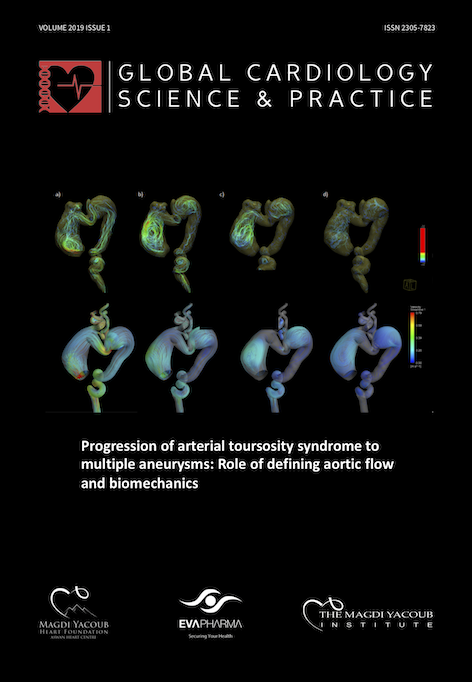Towards tailoring blood pressure control in HFpEF: Lessons from OPTIMIZE-HF
DOI:
https://doi.org/10.21542/gcsp.2019.3Abstract
[first paragraph of article]
Heart failure (HF) with preserved ejection fraction (HFpEF) represents approximately 50% of the world's HF population, and this proportion is increasing over time. The diagnosis of HFpEF is more challenging than HF with reduced ejection fraction (HFrEF). Patients with HFpEF are significantly older, more likely to be female, and more likely to have hypertension, obesity, anemia, atrial fibrillation, renal disease, and pulmonary disease compared to those with HFrEF. In observational studies, rates of hospitalization and death among patients with HFpEF approach those with HFrEF, however in clinical trial populations, outcomes are better in patients who have HFpEF. Death from non- cardiovascular causes is more common in patients who have HFpEF than in those with HFrEF, and a smaller percentage of patients with HFpEF die from CVD-related causes.
Downloads
Published
Issue
Section
License
This is an open access article distributed under the terms of the Creative Commons Attribution license CC BY 4.0, which permits unrestricted use, distribution and reproduction in any medium, provided the original work is properly cited.


